U.S. higher education is facing a significant challenge: the “demographic cliff.” This term refers to the anticipated decline in the number of traditional college-age students, driven by falling birth rates post-Great Recession.
Starting in 2025, the number of high school graduates is expected to peak at about 3.9 million before decreasing by 13% by 2041.
Understanding the Demographic Cliff
The demographic cliff is not a distant concern but an imminent reality. The Western Interstate Commission for Higher Education (WICHE) predicts that between 2025 and 2029, over 400,000 college-bound students will be lost annually.
This significant drop will challenge many colleges, especially those reliant on traditional-age students for enrollment and revenue.
Who Is Most at Risk?
Certain institutions are more vulnerable to the effects of the demographic cliff:
- Small and Regional Colleges: Particularly those in rural areas, with fewer than 2,000 students, face heightened closure risks. Lacking resources, these institutions struggle to adapt to declining enrollments and financial instability.
- Private Nonprofit Colleges: Smaller private institutions without strong endowments or alumni support face competition from larger public universities benefiting from state funding.
- Community Colleges: With declining high school graduation rates, community colleges may see reduced enrollment, limiting their ability to offer diverse programs and services.
The National Foundation for American Policy (NFAP) warns that smaller institutions, particularly those reliant on international students, are most at risk. These students provide significant financial support, especially in tuition revenue and diversity.
Real-World Examples of Impact
Some institutions have already taken steps due to declining enrollments:
- Penn State University: In 2025, Penn State closed seven Commonwealth campuses due to enrollment declines, part of a broader review of campus viability.
- University of Wisconsin System: Faced with similar challenges, several UW campuses, including UW-Oshkosh Fox Cities, are set to close in 2025 due to declining enrollments.
- Sweet Briar College: In 2015, Sweet Briar College closed due to financial challenges, with declining enrollment a primary factor. It later reopened after a successful fundraising campaign, underscoring the fragility of small institutions.
Economic and Community Impacts
The closure of colleges affects more than just students:
- Local Economies: College towns heavily rely on the economic activity generated by universities. For example, Macomb, Illinois, saw a 23% population decline and local business closures after a 47% drop in enrollment at Western Illinois University.
- Employment: College closures lead to significant job losses for faculty, staff, and service workers, impacting families and communities.
- Cultural Resources: Universities serve as cultural hubs, offering lectures, events, and public access to facilities. Their closure can lead to the loss of community cultural vibrancy.
Strategies for Survival
To navigate the demographic cliff, institutions are adopting several strategies:
- Diversifying Enrollment: Colleges are focusing on non-traditional students, including adult learners and working professionals, to broaden their recruitment base.
- Enhancing Online Offerings: Developing strong online programs attracts students from various geographic areas, offering flexible learning options and broadening the potential student base.
- Strengthening Community Engagement: Colleges are building partnerships with local businesses and organizations to create value and bolster community support.
- Financial Restructuring: To ensure sustainability, colleges are reevaluating their financial models, seeking alternative revenue sources, and implementing cost-saving measures.
Adapting to the Demographic Cliff
The demographic cliff poses a significant challenge, particularly for smaller and financially vulnerable institutions. Larger universities may weather the storm, but smaller colleges must adapt by strategically planning, innovating, and engaging with their communities. These efforts are crucial for their survival and continued contributions to U.S. education and society.

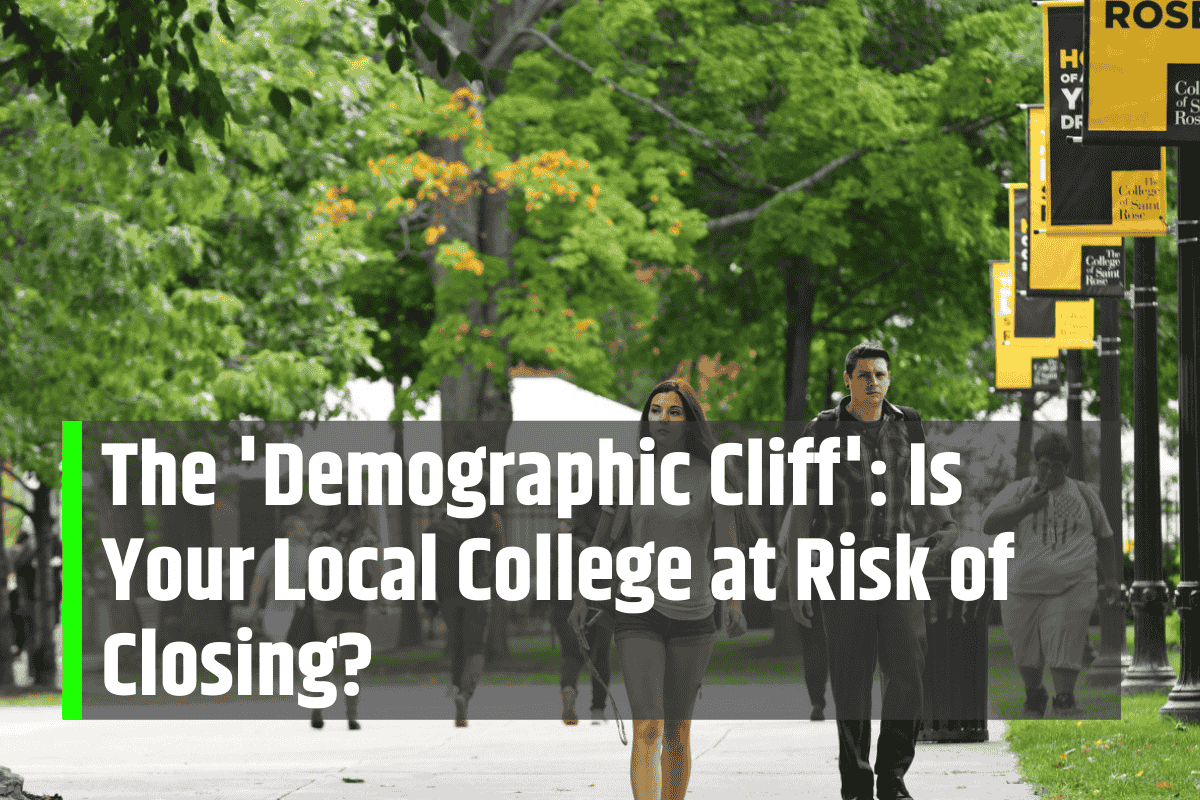
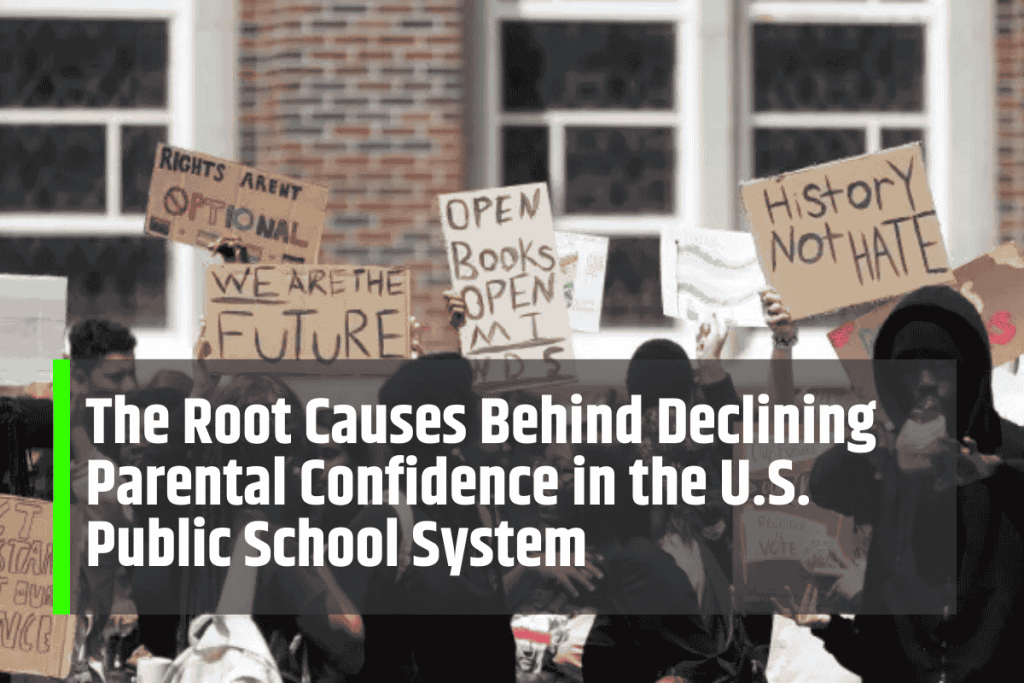

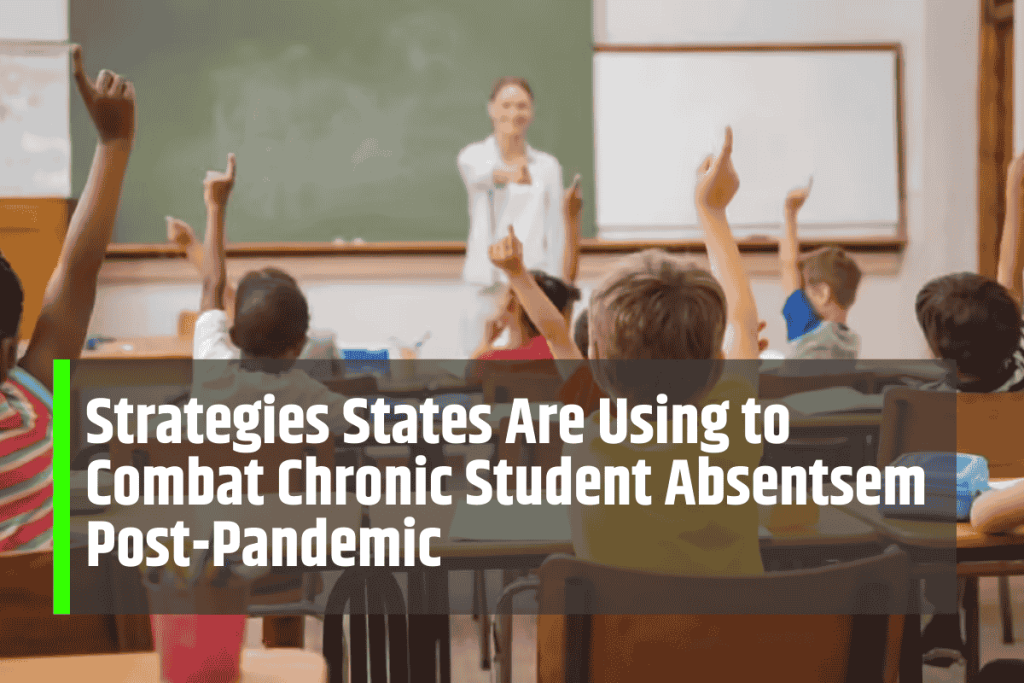
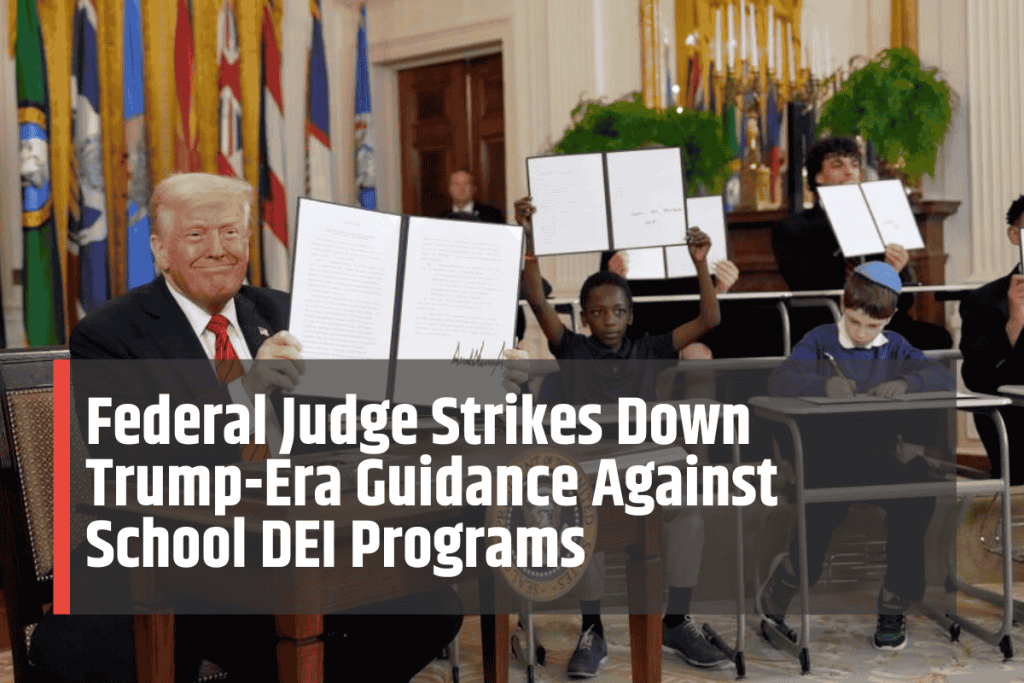
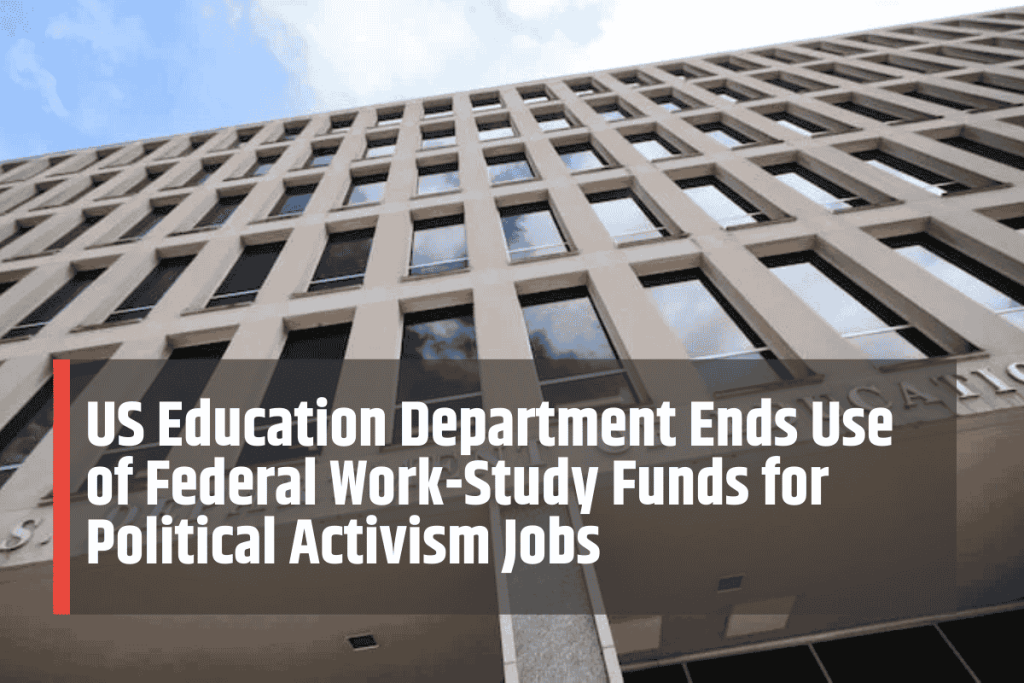
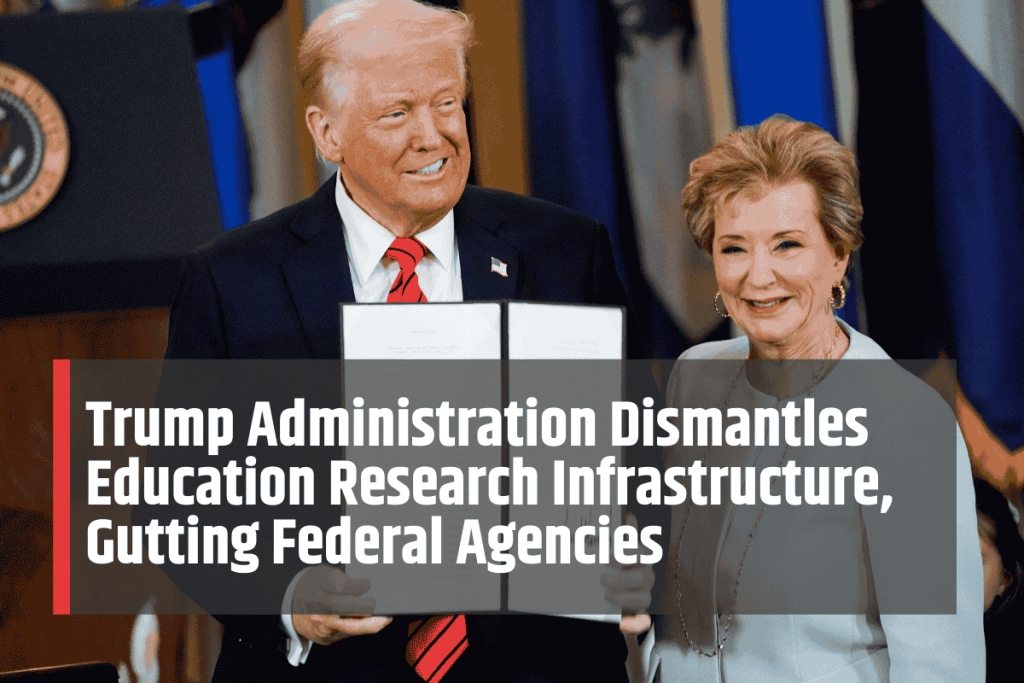



Leave a Comment